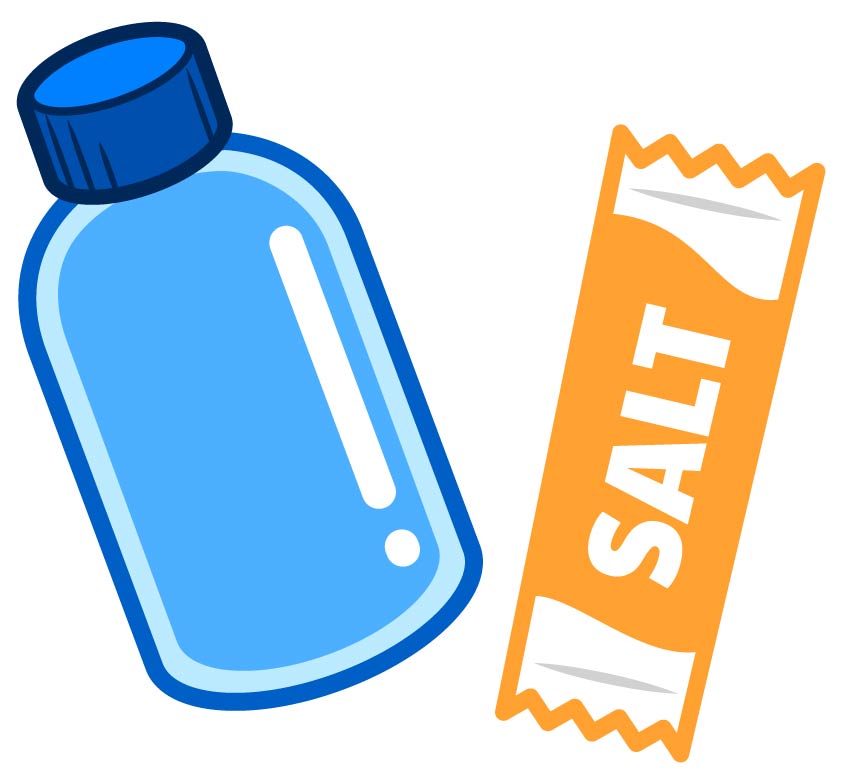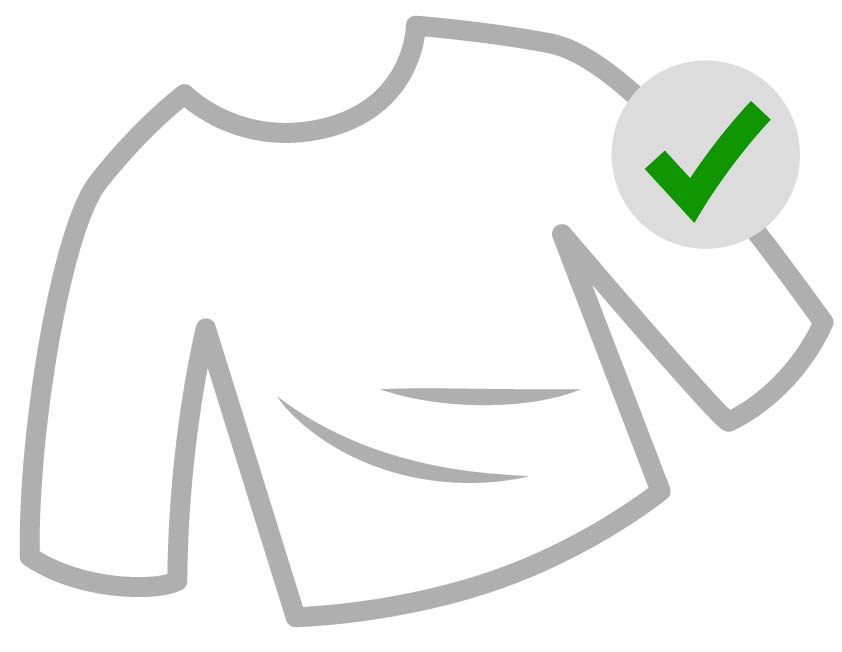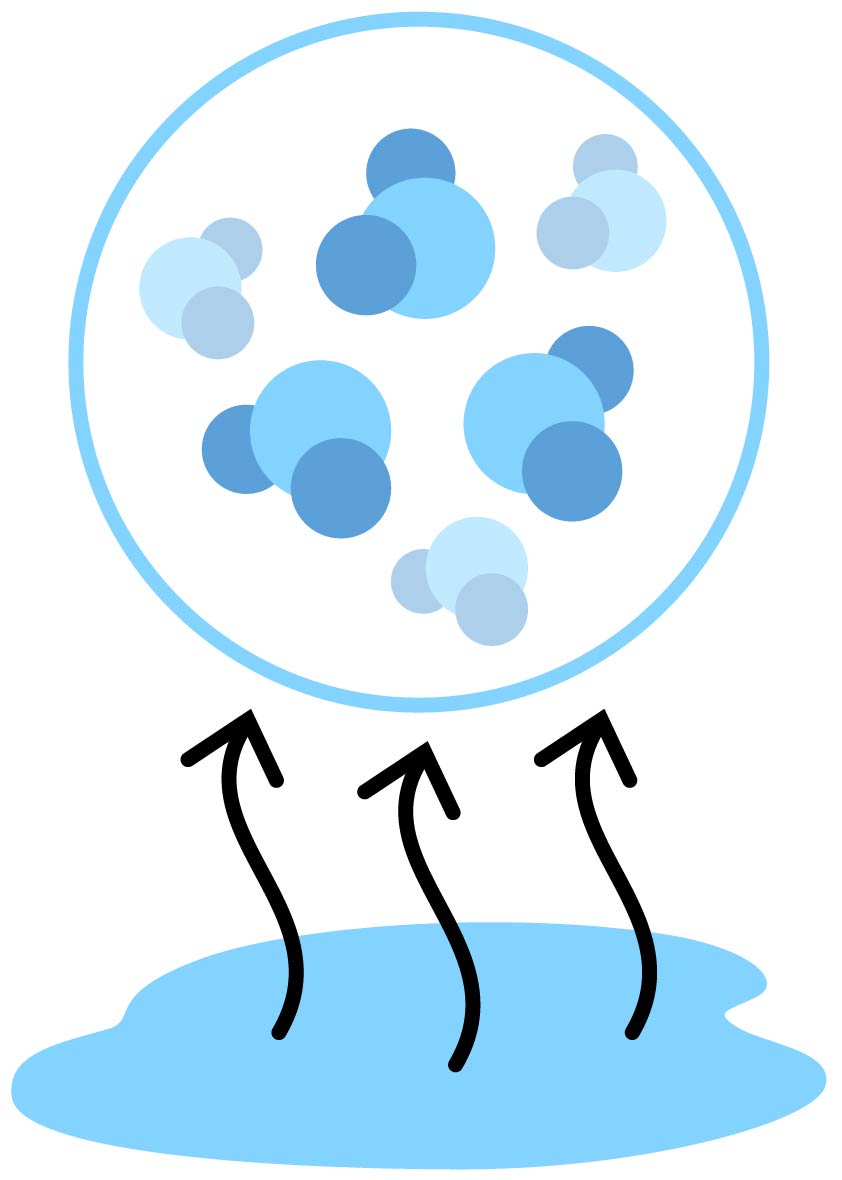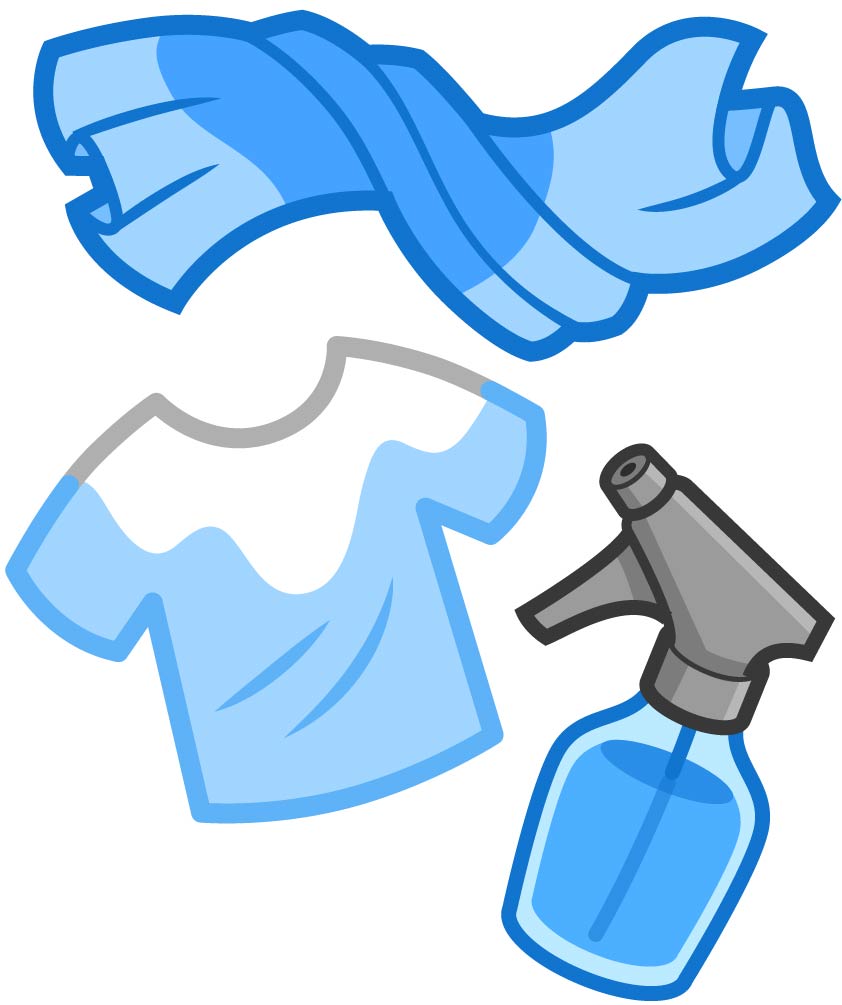Introduction
Overview
Body temperature
Your body works to stay at a specific temperature, even when the space around you is warmer or cooler. The human body usually stays around 37°C, which is between 98 and 99°F. But if you get too hot and your body can no longer keep cool, you may get sick from overheating.
Overheating can cause serious health issues, so it's important to take steps to stay cool when it's warm out. You must also take action quickly to cool down if you begin to overheat.

Sun and UV rays
Staying cool isn't the only thing to think about when spending time outdoors. Not only can sunlight make you hot, but it can also burn you. Light from the sun has invisible UV rays. Too much sun is bad for your skin and can give you a sunburn. Getting a sunburn makes your skin hurt and turn red. A sunburn usually goes away after a few days. But over time, too many UV rays can cause some serious health problems. UV rays are also bad for your eyes, and can cause your vision to get worse.
Did you know that you can get a sunburn on a cool day, and even on a cloudy day? Whenever you're spending time outside, it's important to protect your skin and eyes.

Staying cool
Fortunately, there are many ways to stay cool on a warm day and to protect yourself from the sun.
Water and salts

Did you know that over half of your body is made up of water? When you get too hot, your body sweats to cool itself down. Sweat is made mostly of water. But, it also includes salt and other important minerals. The cells in your body need these to work correctly. On hot days when you're sweating a lot, it's important for you to drink plenty of water to replace any you lose from sweating. But, it's also important for you to get enough salt and other important minerals.
Shade

Which do you think is cooler, being in the sun or being in the shade? If you guessed shade, you're right. When you're outside, staying in the shade is much cooler than being in the sun. Staying out of the sun is a very important way to stay cool. If there are no shady buildings or trees around, you can also use an umbrella to create a portable spot of shade. Shade also helps protect your skin and eyes from the sun.
Cool colors and clothes

Did you know that the color of an object can change how warm it gets in the sun? Objects that look lighter reflect more light, so can stay cooler. Objects that look darker absorb more light, so can get hotter. If you're in the sun and want to stay cool, lighter colored clothes and accessories are a better choice. After the sun goes down, these differences go away, but when it's sunny, it's a good thing to think about. These color differences also apply to other materials. Streets made of black asphalt can be much hotter than sidewalks that are lighter in color.

Besides color, the material is important too. This is especially true with clothing. Lightweight, loose clothing made with fabric that “breathes” (or that air moves through) will help keep you cooler. This doesn't change after the sun goes down. Clothing can also help protect your skin. While sunscreen is good to keep your skin safe from the sun, loose, long-sleeved clothes are even better.

Don't forget to protect your head. A hat can create shade for your head and neck, and will also help protect your eyes from the sun. Some sunglasses can also protect your eyes (though not all sunglasses, so make sure yours block out UVA and UVB rays). You should also put sunscreen on your ears and hands if your clothes don't cover them.
Using water to cool down

Water can be used for more than drinking, especially on a hot day. It can help cool you down through evaporation. Evaporation is when water changes from a liquid to a gas. When you heat up water, have you noticed that it steams? Heat is a form of energy. As water absorbs heat, its molecules start to move more quickly. As they move, some of them move into the air.
There's an important part of this that can help us. When water evaporates, the molecules can take heat with them. So when you put water on your skin, it absorbs some of the heat from your body. Then, as it evaporates, it takes that heat into the air! This lowers the temperature of your skin (and so, your body). Water can also lower the temperature of other objects, or even of air.

Some cooling systems (such as swamp coolers and misting systems) use evaporation to cool the air. Your body also uses evaporation to cool itself. When your body gets too hot, it gives off sweat. As the water in sweat evaporates, it cools you down.

But you don't have to rely on sweat to keep yourself cool using evaporation. Wetting your skin with a mister bottle will cool you down as the water dries. You could also wet a towel with cool water and put it over your shoulders. Or you could dampen your shirt or hair with water before going outside. The breeze from a fan will also help water evaporate faster.
Evaporation is also why some areas, like splash pads, can be cooler than others. The water helps cool the air. Parks with trees and grass are also cooler than dirt parks, because plants give off water that helps cool the air.
Worksheets and coloring page
If you're looking for additional heat and sun safety activities, check out our worksheets and coloring page. These are great for individual or classroom use.
Ready to begin?
Now that you know the basics of heat and sun safety, it's time to put your knowledge to the test! As you play the game, you'll find items to help keep you cool and you will learn even more about heat safety. Watch your character's health meter closely to keep them from overheating as you explore the game world. And, if you reach the second part of the game, you will get to learn about how some other animals survive the heat. If you need more help, visit the How to Play page. Good luck!
